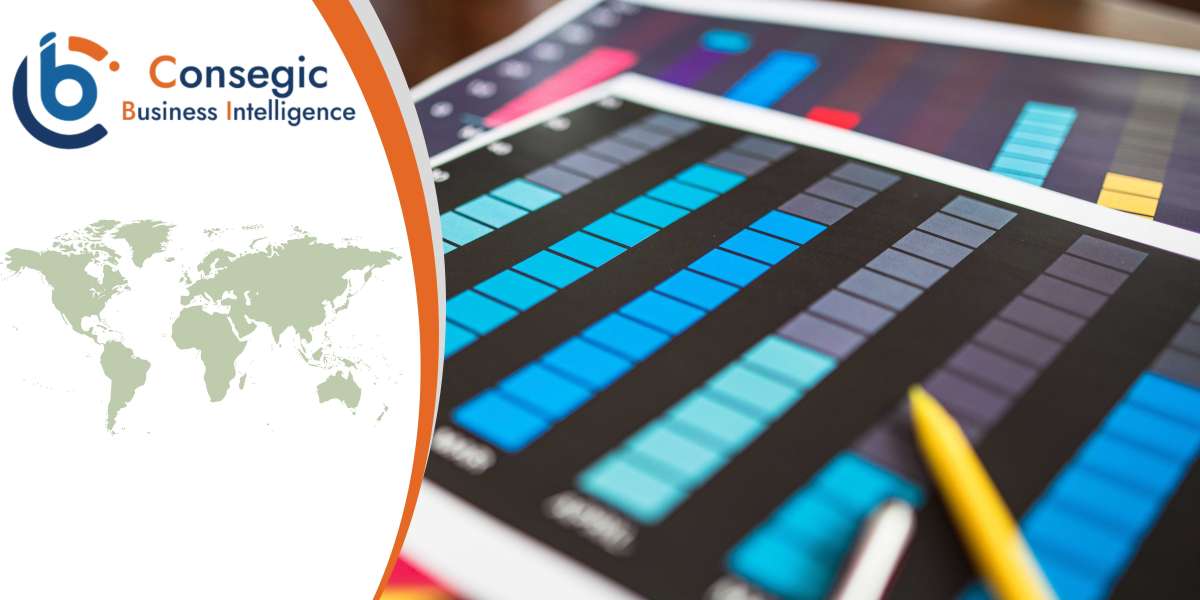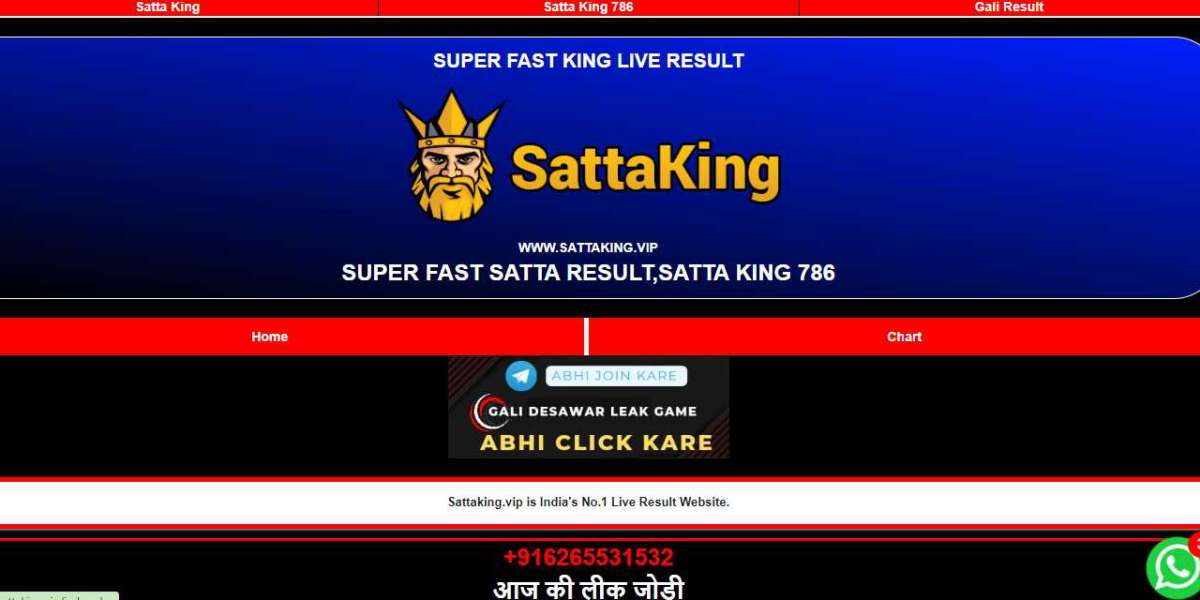DNA Forensics Market Highlights
The DNA forensics market size is projected to reach USD 4.04 billion by 2030 at 10.8% CAGR during the forecast period 2022 – 2030.
The DNA forensics market has emerged as a pivotal player in the field of criminal justice, healthcare, and ancestry research. It represents a cutting-edge application of genetics and biotechnology to unravel mysteries, identify individuals, and provide critical insights into human biology. DNA forensics, also known as forensic DNA analysis, involves the use of DNA profiling techniques to examine genetic material collected from various sources, such as crime scenes, human remains, and biological samples.
This market's growth has been driven by a confluence of factors, including advances in DNA sequencing technologies, increased awareness of the potential of DNA evidence, and rising demand for accurate and reliable identification solutions. Law enforcement agencies worldwide heavily rely on DNA forensics to solve cold cases, exonerate innocent individuals, and bring perpetrators to justice. Similarly, the healthcare sector has leveraged DNA forensics for personalized medicine, disease diagnosis, and pharmacogenomics.
Furthermore, the popularity of direct-to-consumer genetic testing services has surged, enabling individuals to explore their ancestry and heritage. As a result, the DNA forensics market encompasses both public and private sectors, providing a wide range of services, from paternity testing and ancestry analysis to forensic casework and genetic genealogy research.
Market Drivers and Restraints
Receiving a new type of prenatal genetic test that outweighs the risk of miscarriage allows pregnant women to benefit from genetic testing. The exponentially increasing use of NIPT on a global scale is another factor driving the sector's growth. The development of Next Generation Sequencing (NGS), a rapidly evolving technology that permits the sequencing of a whole genome or a portion of a genome and the quick extraction of genetic data from biological materials, will also hasten the global market for genetic tests in the coming years.
In the past, the use of DNA databases has been constrained by a lack of government support. However, because of the rising crime rate and the number of unresolved cases around the world, the standards and laws governing the use of DNA technology and DNA databases in forensics are changing. Another crucial element for a successful DNA database is the legislation governing its creation and permitting applications in the field.
To minimize the likelihood of inaccurate interpretations, forensic laboratories rely on trained technicians and medical specialists for a variety of analyses. To obtain information, the forensic team looks over samples and the outcomes of subsequent testing. To analyze the results, a forensic scientist must be exact, highly analytical, and informed at the expert level. However, a lack of trained medical personnel frequently exists in developing countries, which limits the market's expansion.
The market is segmented into North America, Europe, Asia Pacific, Latin America, and the Middle East Africa (MEA). North America dominates the market due to rising security concerns at national and international borders ports, and terrorist attacks. Additionally, the increasing prevalence of cardiovascular diseases and respiratory disorders in the region is also driving market growth. In Europe, the market is expected to grow due to increased government funding for research activities in forensic science. In Asia Pacific, the market is expected to grow due to increasing awareness about forensic science among people. In Latin America, the CPET market is expected to grow due to increasing government initiatives for forensic science research activities. In MEA, the market is expected to grow due to increasing awareness about forensic science among people.
Market Segmentation
The global DNA forensics market outlook has segmented into product types, source, technique, and application.
By Product
With respect to product, the market has been considered for analyzers and sequencers, software services, and consumables. The analyzer and sequencer segment obtained the highest CAGR in 2021 due to the rapid advancement of advanced technologies and the rising need for better results.
By Source
The sources listed in the report include hair, blood, bones, and others. Blood is expected to have the highest CAGR in the next years due to the variety of uses it has in criminal cases, including sexual assault and murder.
By Technique
Depending on technique, the market can be split into capillary electrophoresis, PCR amplification, and next-generation sequencing. The next-generation sequencing segment anticipates leading the market thanks to its broad variety of applications and capacity to concentrate on STR analysis, PCR, and restriction fragment length polymerase.
By Application
The market has been divided into categories like criminal casework, missing person identification, and more, in terms of application. Due to rising crime rates and cutting-edge technology, the criminal casework segment will continue to dominate market growth in 2021.
Regional Insights
Considering the rising public knowledge of cutting-edge technologies coupled with government initiatives aimed at resolving open cases, the Asia Pacific market can anticipate attaining the highest CAGR over the review period. Various companies are also concentrating on improving their DNA forensic technology businesses to meet the region's escalating demand for sophisticated forensic technology.
Market Competitive Landscape:
The DNA forensics market players are Genetics Technology (Australia), Promega Corporation (US), Hamilton Company, QIAGEN NV (Netherlands), Illumina Inc. (US), Oxygen Forensics Inc. (Virginia), Mawi DNA Technologies LLC, Thermo Fisher Scientific (US), LGC Ltd (UK), Agilent Technologies (US), and more.
The DNA forensics market is intensely fragmented as a result of the existence of a substantial number of developed as well as medium- to small-sized businesses. Many industry participants are privately owned or are part of private equity firms' portfolios. Important companies are increasingly employing mergers and acquisitions as major strategies to broaden their geographic reach, introduce new goods, work strategically together, and create alliances in emerging and economically favorable locations.
October 2022
Oxford Nanopore Technologies has introduced the PromethION 2 Solo sequencer, the most frequently used high-yield sequencing equipment in the world. The availability of accurate, rapid, and affordable sequencing for human genetics and other sizable datasets could be considerably increased by this equipment.
The P2 Solo is the only compact, high-yield sequencer on the market. Anyone will be able to go beyond straightforward DNA analysis in order to progress scientific research and improve people's lives by combining more detailed genetic variant analysis with transcriptome and epigenetic investigations on a single platform.
About Market Research Future:
At Market Research Future (MRFR), we enable our customers to unravel the complexity of various industries through our Cooked Research Report (CRR), Half-Cooked Research Reports (HCRR), Consulting Services. MRFR team have supreme objective to provide the optimum quality market research and intelligence services to our clients.
Contact us:
Market Research Future (part of Wantstats Research and Media Private Limited),
99 Hudson Street, 5Th Floor,
New York, New York 10013
United States of America
+1 628 258 0071
Email: sales@marketresearchfuture.com
https://medicaldevicesgrowth.blogspot.com/2023/09/dna-forensics-market-overview-geography.html








